OTDR (Optical Time Domain Reflectometer) is an important testing tool used to detect the integrity of fiber optic cables. It measures the reverse scattering and Fresnel reflection of light in the fiber optic system to provide information on cable loss and connection points. OTDR is a powerful testing tool that helps technicians evaluate the performance and integrity of optical cables during cable laying, maintenance, and troubleshooting.
OTDR Testing System
OTDR testing system consists of several components:
1. Laser: generates high-power laser or optical pulse used to inject test cable.
2. Driver: adjusts the output power and wavelength of the laser.
3. Receiver: receives the scattered and reflected light signal and converts it to an electrical signal.
4. Amplifier: amplifies the received electrical signal.
5. Display: displays the test results.
The basic principle of OTDR testing is that a high-power laser or optical pulse is injected into one end of the test cable, and the reflected signal is received at the same end. As the light pulse propagates through the cable, some of it scatters and reflects back to the OTDR side. OTDR measures the scattering signal and reflected light signal, records the time between when the signal is transmitted and when it returns, and calculates the cable length using the speed of light in the glass material.
Applications of OTDR
OTDR is widely used in fiber communication networks to test the loss, reflection, and scattering characteristics of fiber optic cables. It is often used in these scenario.
1. Fiber optic cable testing: OTDR can be used to test the integrity and loss distribution of fiber optic cables to help technicians detect faults and problems in the cable link.
2. Fiber to the home (FTTH) project acceptance: During fiber to the home projects, OTDR can help technicians inspect the fiber optic cable layout to ensure that the transmission performance of the cable link meets requirements.
3. Fiber optic cable maintenance: OTDR can help technicians test the loss distribution of fiber optic cables to help identify potential problems in the cable link and develop corresponding maintenance plans.
Precautions for Using OTDR
When using OTDR for testing, it is important to pay attention to the following precautions:
1. Ensure a safe testing environment: When using OTDR for testing, ensure a safe testing environment to prevent harm to user. Adhere to relevant safety regulations and operating procedures during the testing process.
2. Select appropriate test parameters: When using OTDR for testing, select appropriate test parameters, such as the test range, average time, wavelength.
3. Pay attention to connector types: The test results of OTDR connected to different types of fiber optic connectors will vary. Common connector types include FC, SC, etc.
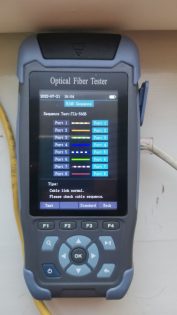
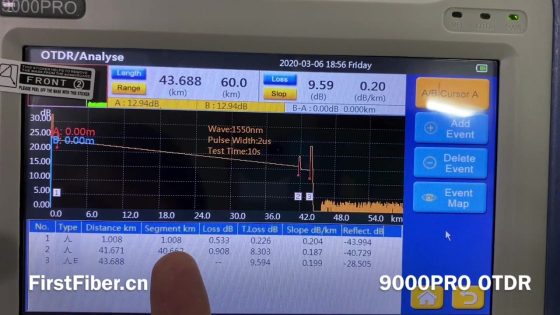
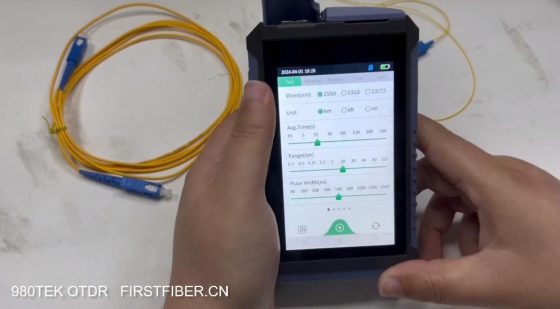
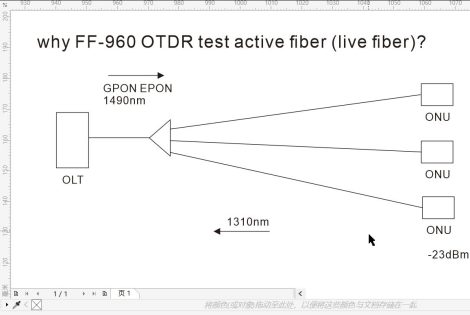
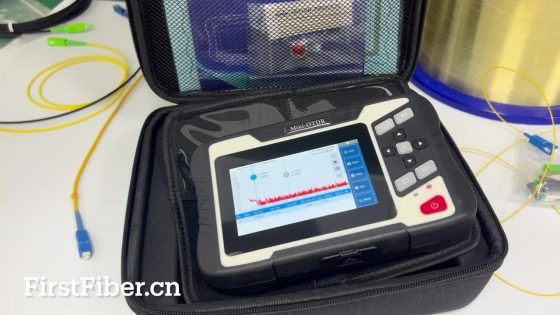
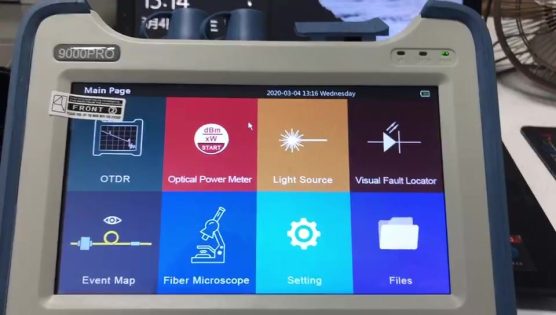
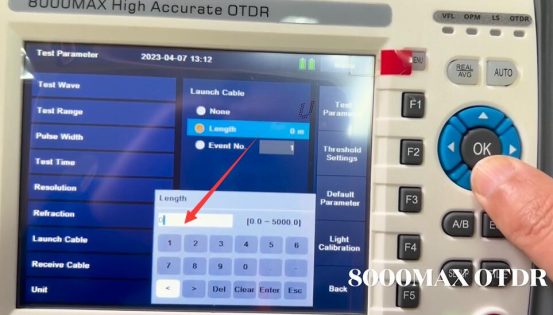
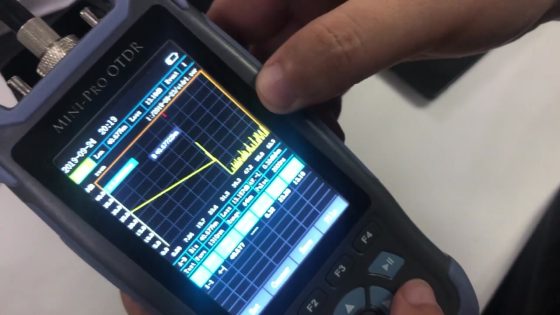
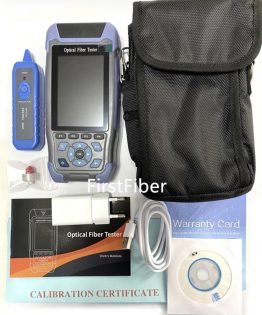
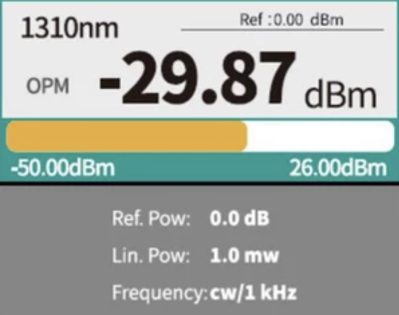
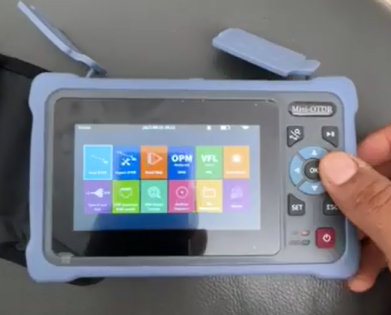
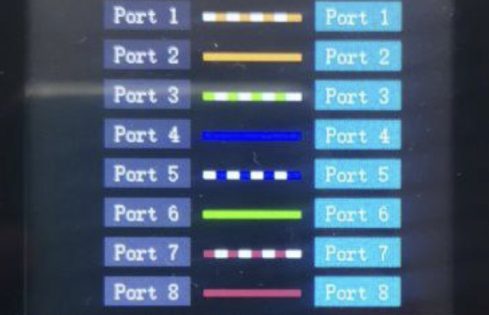
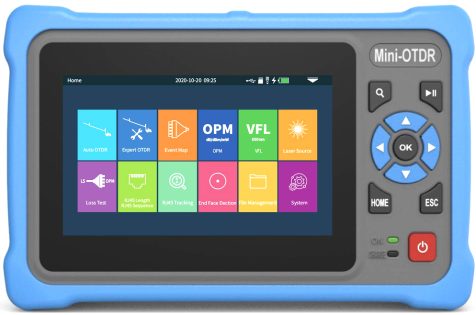
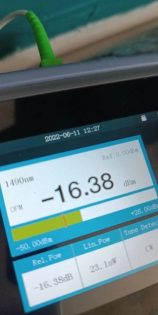
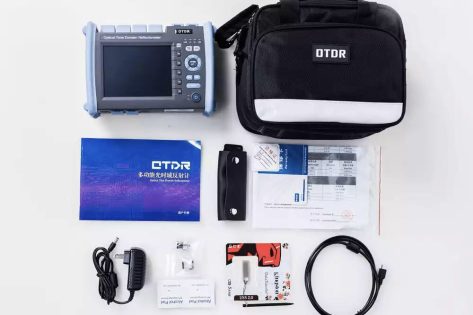
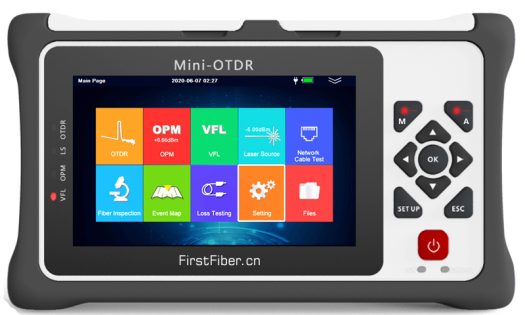
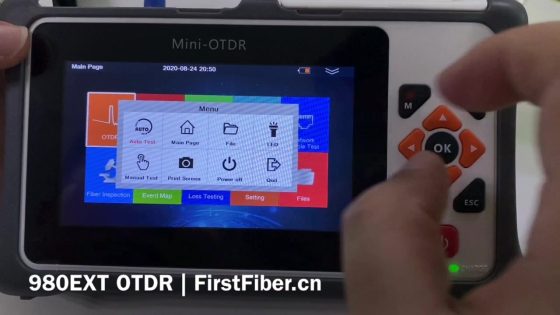

Comments are closed.